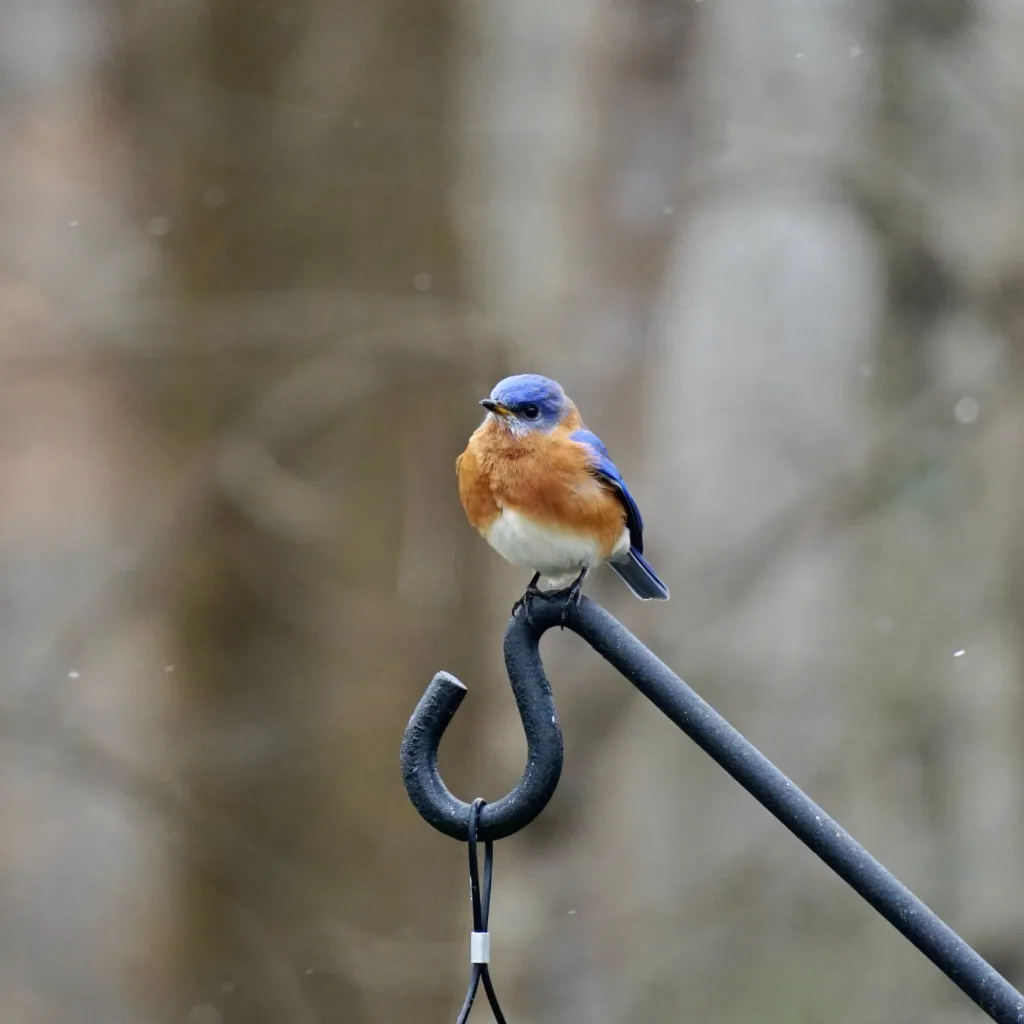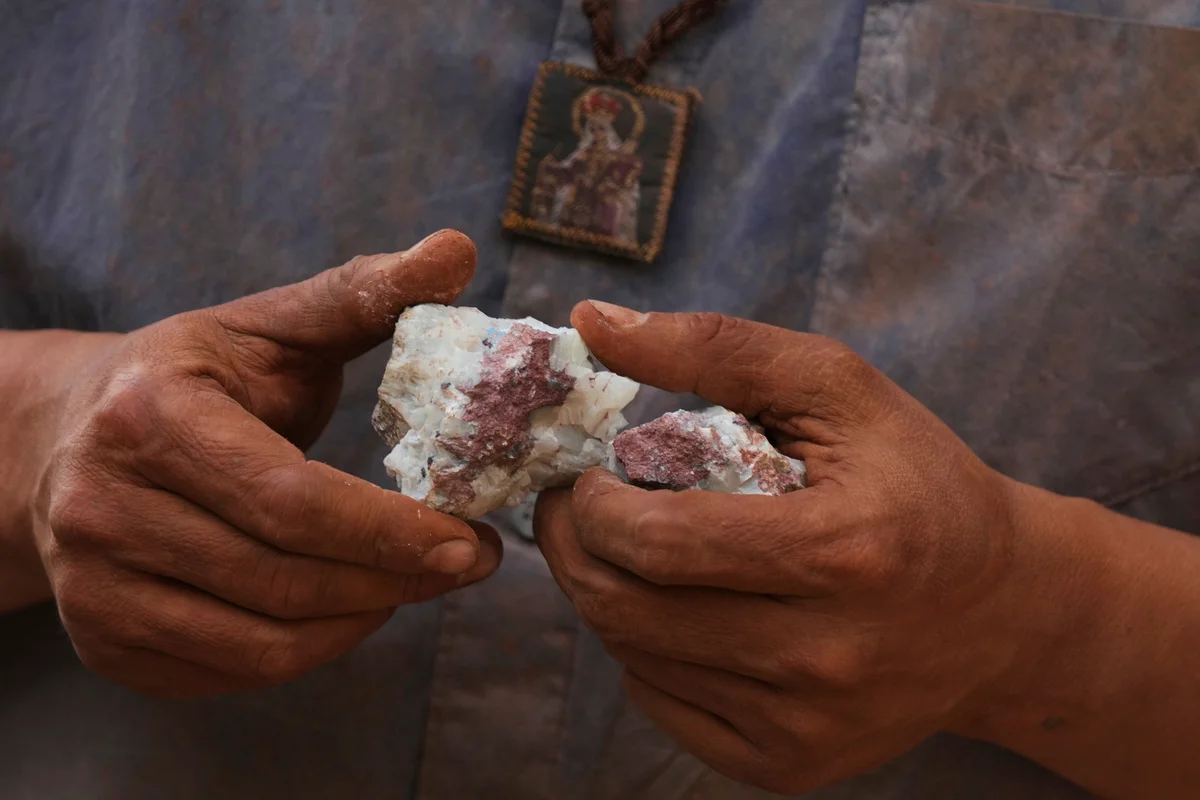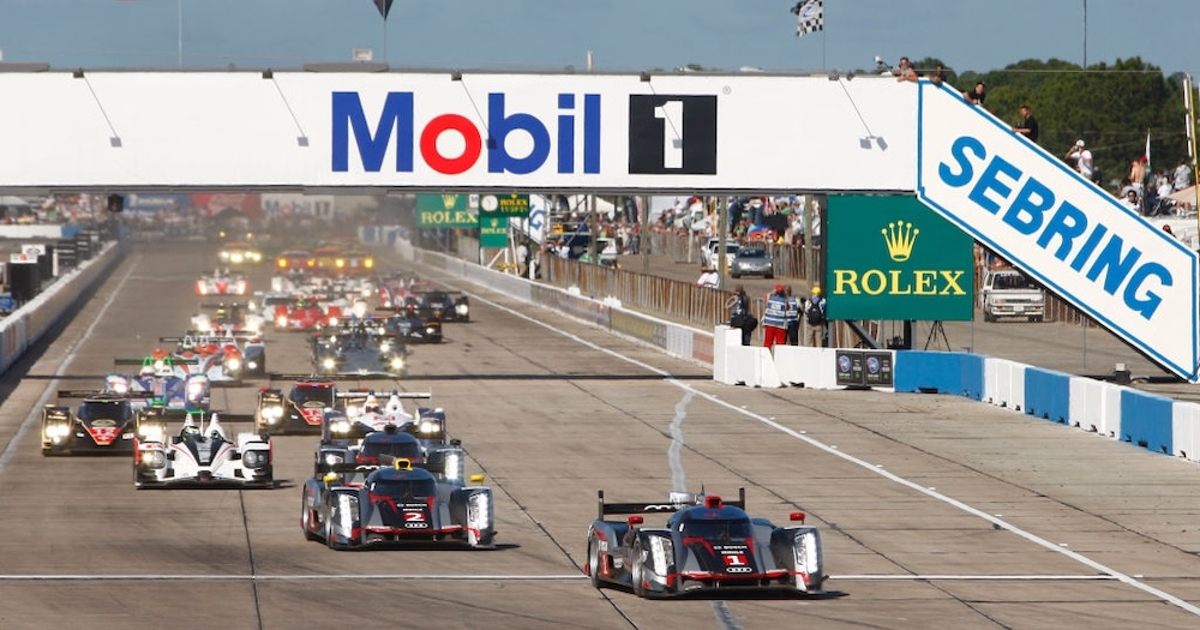
Big birds live longer than small birds. Albatrosses, with their 10-foot wingspans and beaks the size of an Idaho potato, may live for a hundred years.
Wisdom, a Laysan albatross banded in 1956 when she was already an adult, is the oldest known wild bird at 75 or older. Chandler Robbins, the biologist who banded her in 1956, died peacefully at 98 after a distinguished career as a conservation biologist and birding mentor. It remains to be seen whether Wisdom outlives her biologist friend, but at 75 she is still laying eggs and raising young, whereas Robbins was likely done having kids shortly after he banded Wisdom in his 30s.
As a youngster, Wisdom spent a half a year in the nest being fed by her parents as a fuzzy chick, then roamed the oceans for 5-10 years before settling down to find a mate and raise a single chick of her own. Every few years she returns to Midway Atoll to lay a single egg and raise a single baby, with the total now over 50 and at least one grandchild known to be nesting nearby.
An eastern bluebird’s entire body is about the size of an albatross’s beak. The oldest bluebird ever recorded in the wild was 10. Only 1 in 3 bluebirds makes it to the end of their first year, and if they do, they have only about a 50% chance of making it to the end of the next year. Each year after that, half of the survivors succumb to poor nutrition, predation, parasitism, poisoning or pestilence. The one bluebird known to have lived to 10 beat exceedingly long odds.
Perhaps 1 in 1,000 bluebirds reach 10, at which point, if female, they have laid almost 100 eggs across more than 20 nests over the years. Of her 2,000 children, more than 1,500 perished before breeding age, 250 more died after breeding once, and so on; likely only one or two reached a ripe old age. The longevity of a bluebird is much less than that of an albatross, so bluebirds make up for their limited lifespan by maturing quickly, laying lots of eggs, nesting twice in the same summer, and generally having a much faster pace of life than an albatross.
Both albatrosses and bluebirds, in a healthy ecosystem, will survive and produce enough surviving young to fill the available habitat. The individuals with gene variations best fit to the environment will leave the most grandchildren. But albatross and bluebird lifestyles are very different, with bluebirds living a faster-paced life.
Why does living fast so often correlate with dying young in bird species? Part of the explanation is that small birds have to have a much higher metabolism to match their pace of life. A higher metabolism is achieved by eating more and thus burning more food up inside cells. Harnessing the energy from this food requires more oxygen, but oxygen creates unstable molecules called free radicals which are very damaging to cells. These can eventually damage cell machinery, which causes cell aging and death if not repaired.
Thus, larger birds may live longer in part due to their slower pace of life and resulting reduced exposure to damaging oxygen. “Slow down and smell the roses” may be really good advice!



